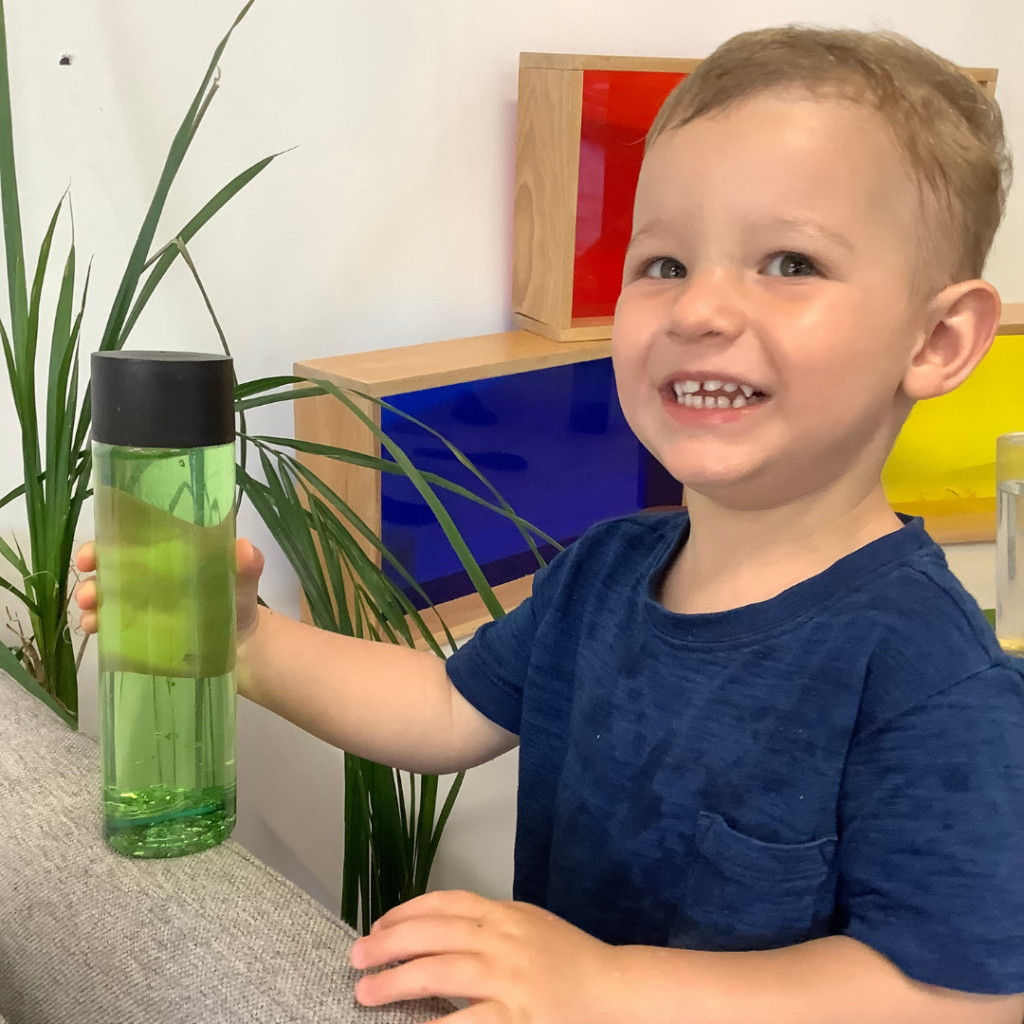As parents we are known to have reusable water bottles around us. But while they’re an environmentally-conscious way to keep our children hydrated, what’s not so thirst-quenching is the fact that water bottles (yours included!) can harbour lots of pesky germs.
According to a recent study, the average water bottle has roughly six times more bacteria than a pet bowl.
Let’s check out our top tips for how to clean a child’s water bottle and stop them from going mouldy.
Tip 1: Choose your water bottle wisely
Try to choose a water bottle with the least amount of nooks and crannies. Not only is it the best way to avoid build-up of bacteria and other nasties, but you also won’t have to sacrifice your time scrubbing awkward-shaped bottles and components.
Tip 2: Clean your bottles daily
For something that only holds water, how dirty can a water bottle be?
Answer: very! All that mouth contact and saliva is a bacteria party waiting to happen.
We recommend getting into the habit of emptying and cleaning your children’s water bottles daily so you can rid them of any biofilm, a slimy substance caused by a build up of bacteria (just like on pipes, plugs or other objects constantly in contact with water). To make life easier, and to get in all those tight spots like bottlenecks, spouts and straws, it’s a good idea to invest in a bottle-cleaning brush kit.
The best method to clean your child’s drink bottles is to first completely dismantle all components and clean with piping hot soapy water. You could also use a dishwasher if the bottle is dishwasher-safe.
To make life easier, and to get in all those tight spots like bottlenecks, spouts and straws, it’s a good idea to invest in a bottle-cleaning brush kit.
But what happens if life gets in the way and you… forget? Clean once a week with vinegar.
How to wash with vinegar
For an extra clean, consider washing with vinegar once a week.
- For smaller bottles place in a container and cover with undiluted vinegar for 10 minutes, before rinsing washing well.
- For larger bottles fill with one part vinegar to four parts water, shake and leave overnight. Discard the vinegar the next day, rinse well and allow to air dry.
At Inspired, we kindly ask for families to please bring along your child’s water bottle, filled with fresh water daily and taken home at the end of your child’s learning day for thorough cleaning.
